Ximenia americana
(Hogplum)
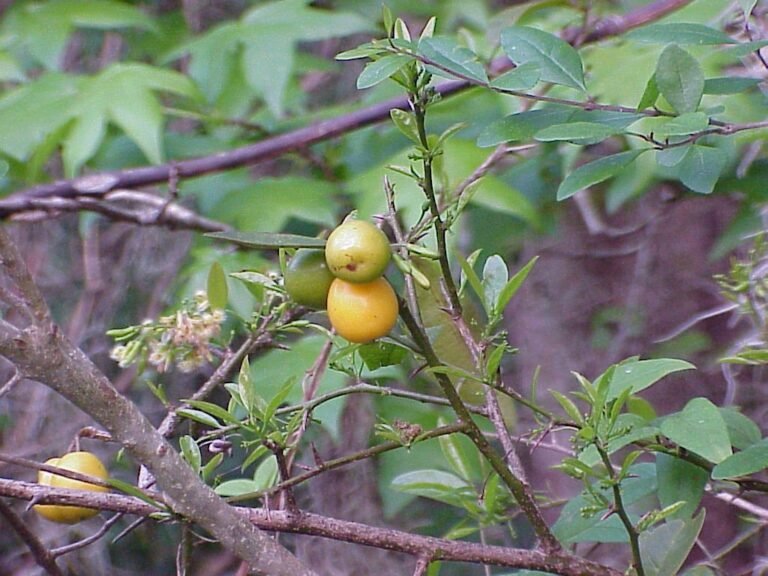
Common Names, Latin Name and Family
Its common names include hog plum and tallow wood.
The Latin name is Ximenia americana.
Its found in the Ximeniaceae family.
The name Ximenia comes from, Francisco Ximenes, a Spanish monk who published information on the plants and animals of Mexico in 1615.
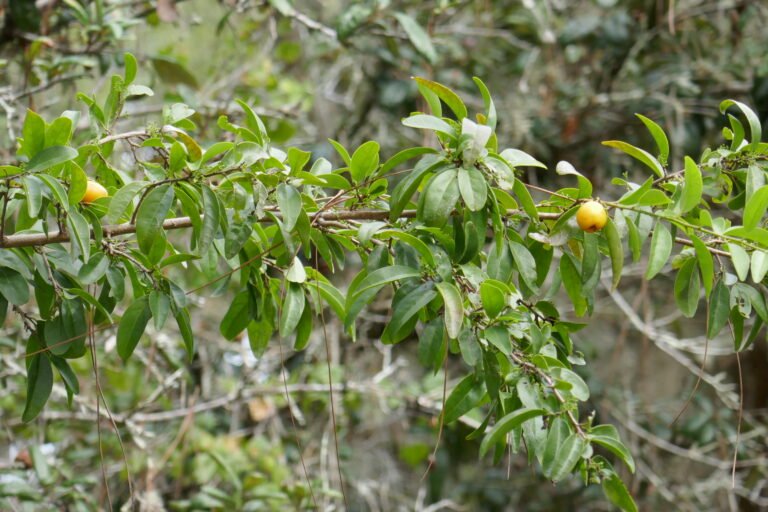
Form
It is a lower canopy tree / shrub and can reach a height of 20 feet or more at maturity. It grows at the base of upper canopy trees because it is semi-parasitic on the host’s root system, but does not kill its host.
The parasitic roots (haustoria) have been documented on a variety of vegetation found in the same habitat, but it has also been found to thrive without a host or haustoria. It is not host specific and does not cause harm to the host plant.
Leaves
The leaves are glabrous, alternate, simple, with entire margins, and a notched apex. They may be elliptic, oval, or oblanceolate in shape and approximately 2 to 3 inches in length.
The upper surfaces are a shiny green, and the lower surfaces are a paler green.
Sharp, rigid, spines can be found in some leaf axils and at the axils of the branchlets.
Ximenia is sometimes confused with Bumelia and can be distinguished from it by a small tooth at the leaf apex and a grooved petiole. These features are very small and the use of a hand lens may be needed.
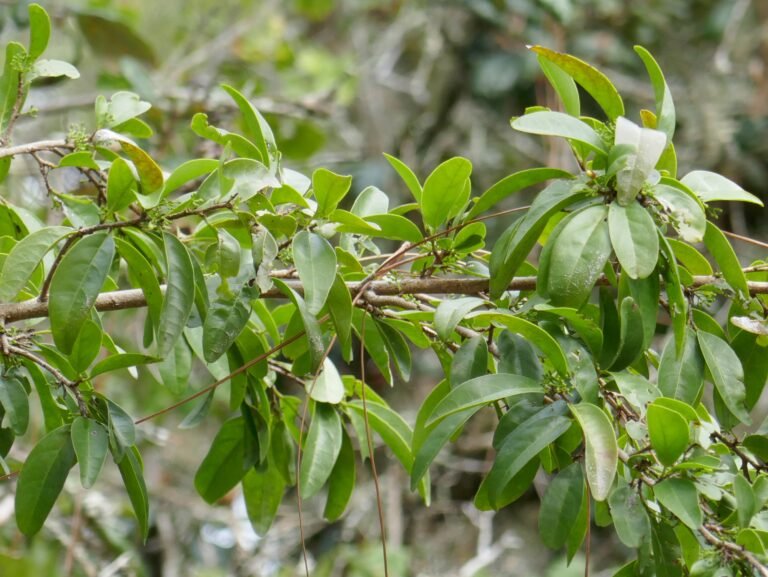
Flowers
Its flowers are yellowish in color, extremely fragrant, and appear in late spring, summer and fall.
The 1/2 inch flowers are borne in a cluster at the end of a peduncle (stalk) that is approximately 3/8 of an inch.

Fruit
As the name implies the fruit are small plums. They are green when unrip and mature to a soft yellow.
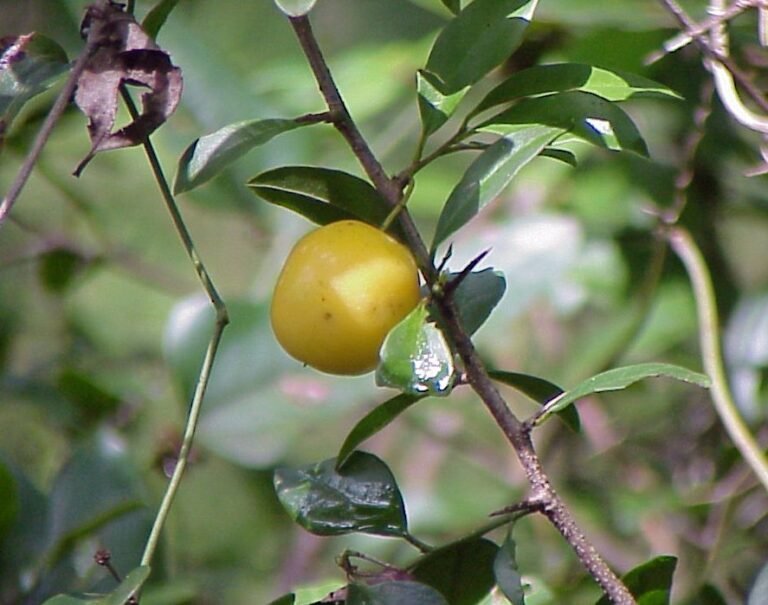
Habitat
Hog plum is found occurring naturally in coastal areas, scrubs, hammocks, woodlands, pinelands, and disturbed sites.
Some hammocks may contain many of these plants spread out over a large area.
It is found in northeast Florida south throughout the Keys, and is quite common in central Florida woodlands and pinelands.
Native Range
It is found in northeast Florida south throughout the Keys, and is quite common in our area of central Florida.
Landscape Use
It will thrive in dry, to average, soil conditions without any care other than the initial acclimation process.
This makes it an excellent plant for the home landscaper looking for carefree or xeric type plants.
Wildlife Use
Hog plum is an excellent wildlife habitat plant. The pollinators that are attracted to its flowers provide an excellent food source for birds and lizards.
Green anoles love to lie in wait for a nectaring bee or wasp to happen by so they can make lunch out of it.
The dense, thorny, foliage provides excellent protective cover from predators.
Human Use
Hog plum fruit can be used to make jams and jellies.
I like to parboil them to get the skin loose so it is easier to remove (pictured below). Mainly because I don’t like the tough skin in my finished jam.
Having said that here is a word of caution … the fruit does contain hydrocyanic acid and should not be consumed in large quantities.
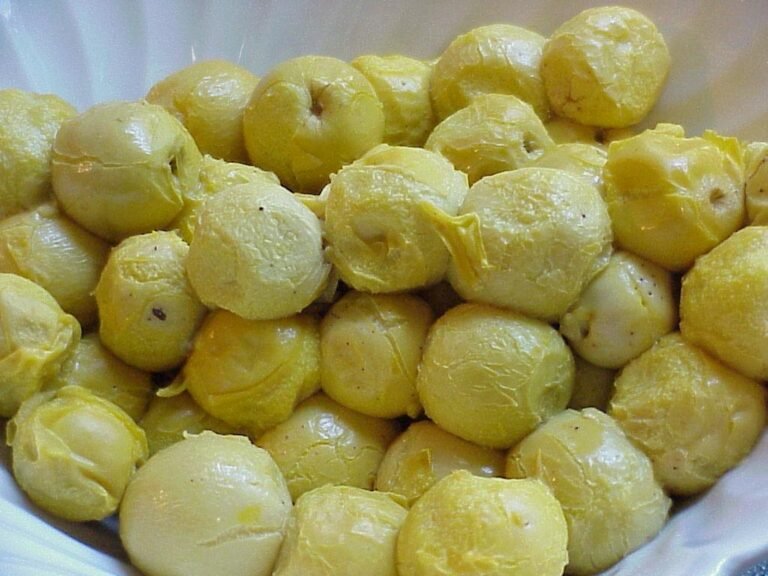
Propagation
It can be grown from seeds and transplants. It may not transplant well every time, however if you plant it near the base of a larger tree it may have a better chance of survival.
Next Article: Pickerelweed
